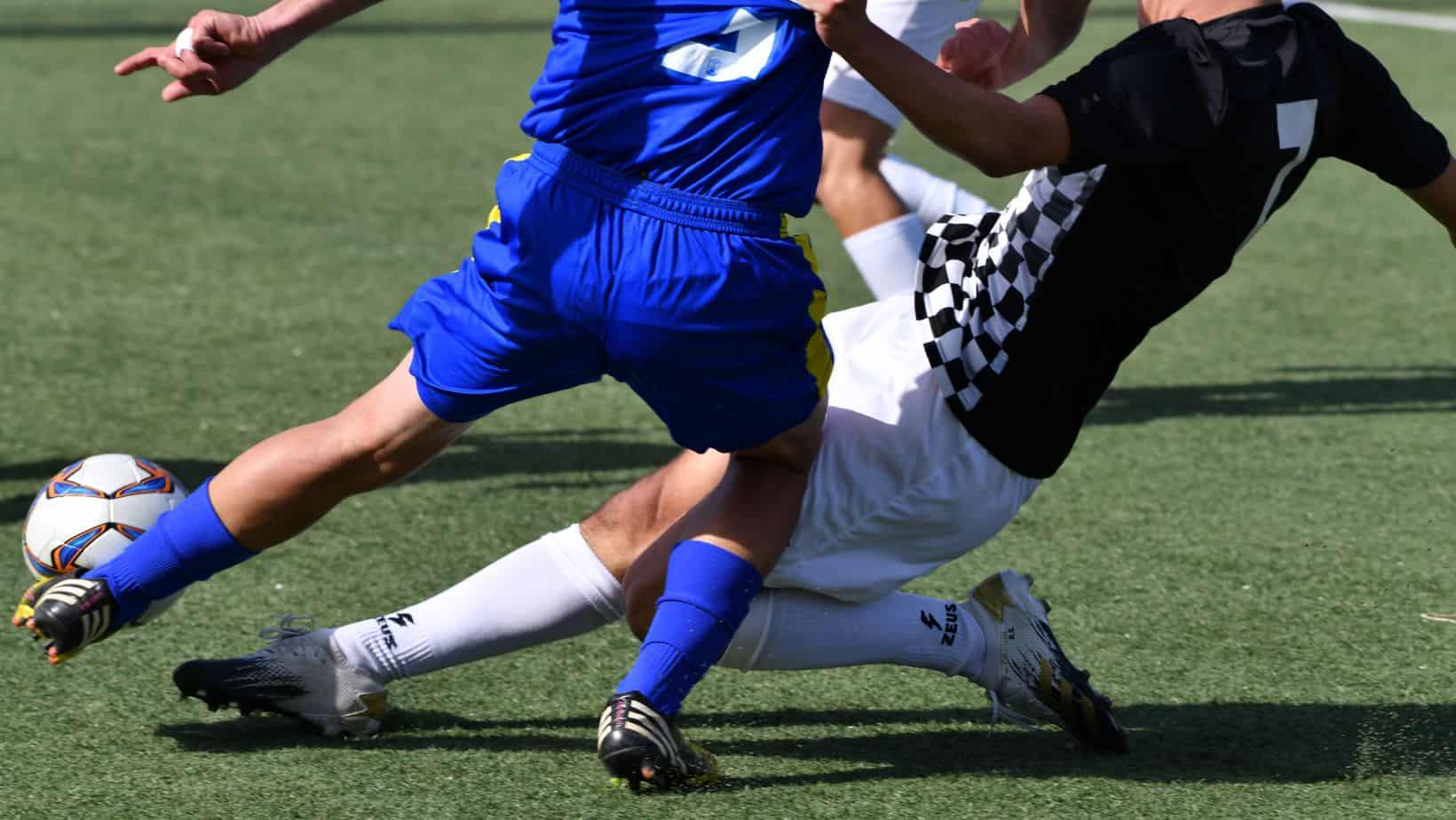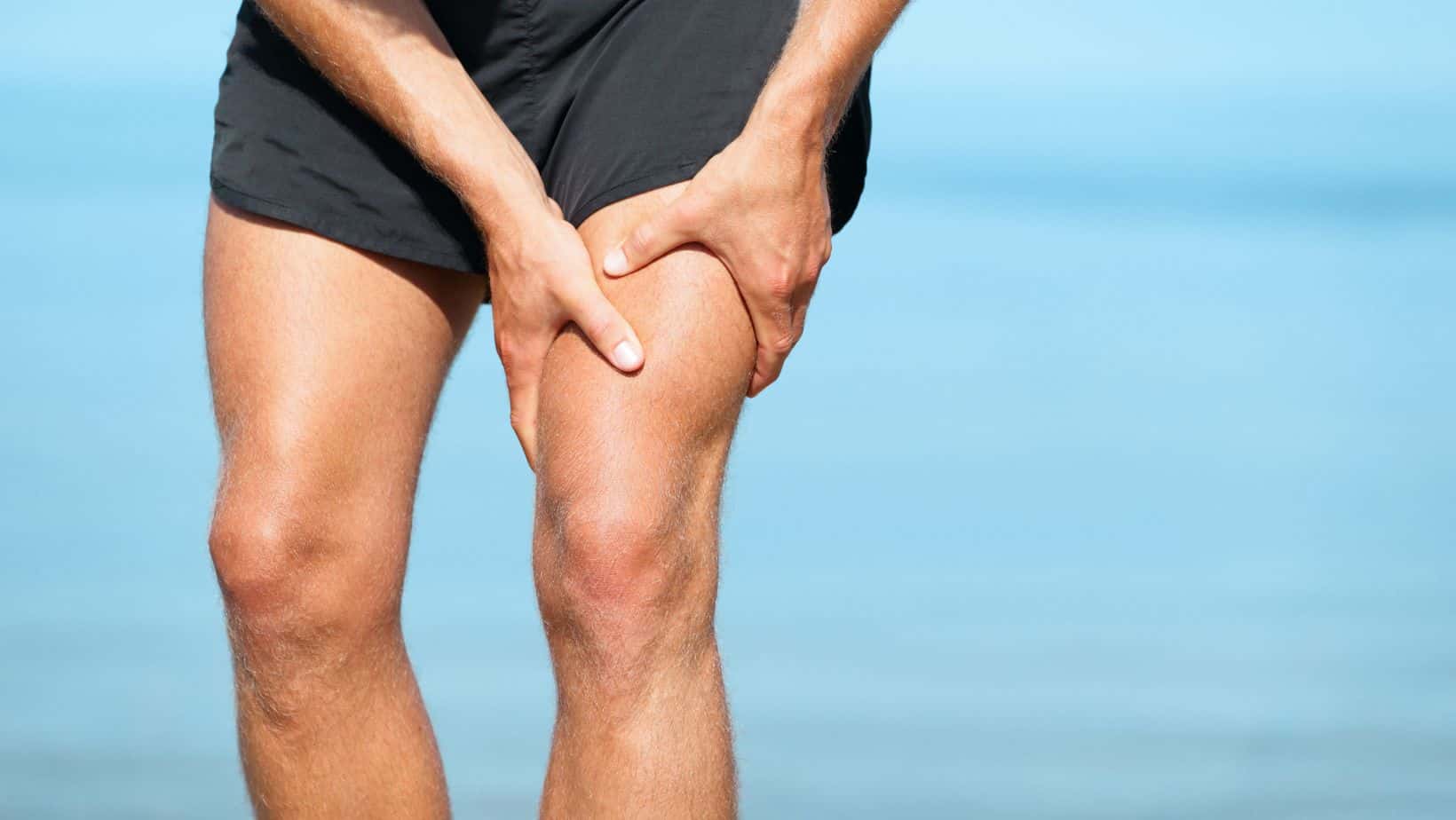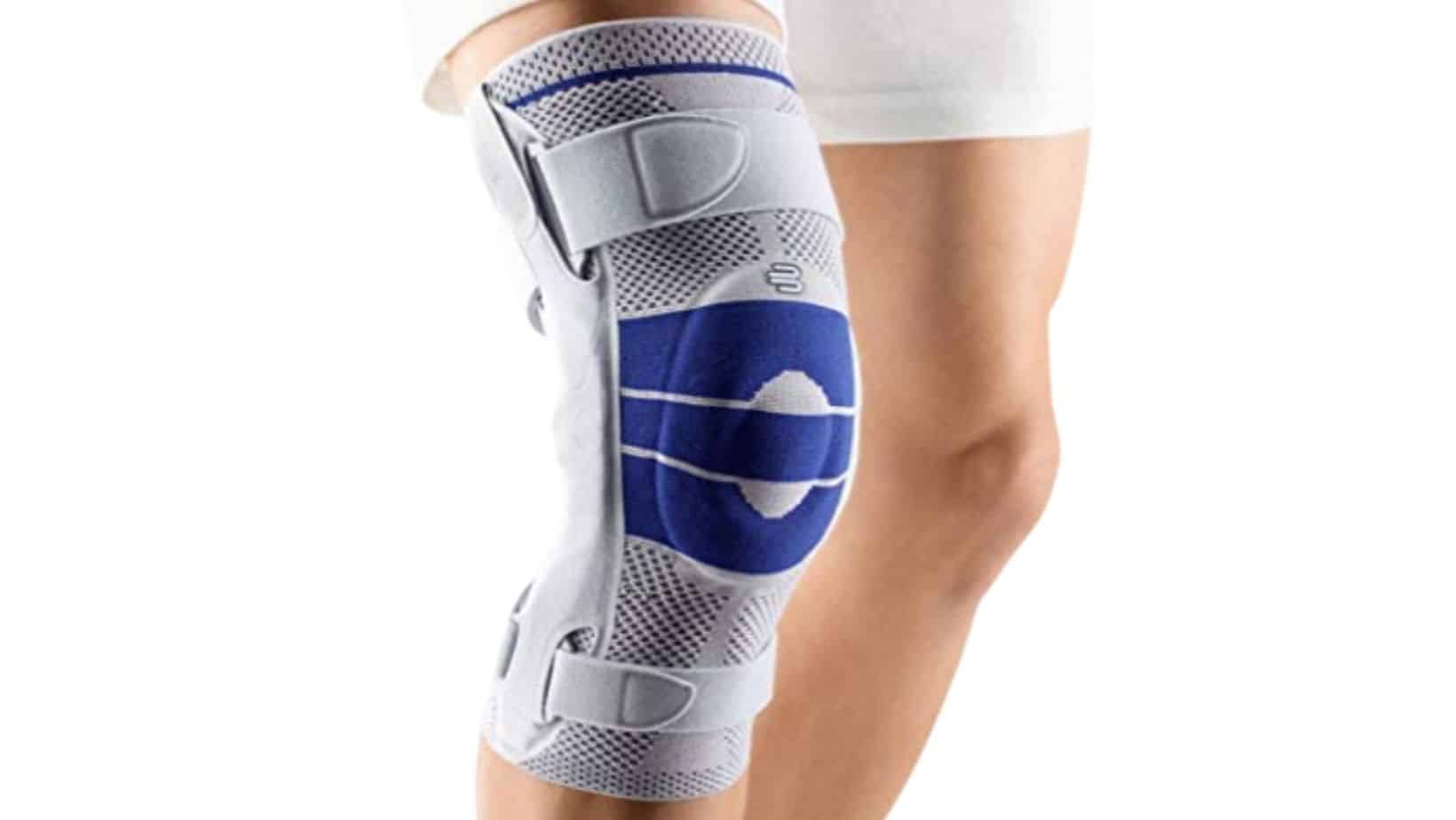Quadriceps Tendonitis: Symptoms, Causes and Diagnosis
Read More >
A quadriceps tear or strain is an injury seen with relative frequency in athletics and some sports that involve sudden explosive acceleration and deceleration, such as soccer and rugby.
A quadriceps tear is more severe than a sprain and can result in significant time off from training and competition. A tear in the quadriceps muscle could affect one or more of the muscle groups. Therefore, the injury will be specific to one or more of those four, they are Rectus Femoris, Vastus Intermedius, Vastus Lateralis, and Vastus Medialis.

A sudden contraction and stretch of the muscle most frequently cause a muscle tear to the quadriceps.
This sudden stretch makes the muscle more vulnerable, and the contraction provides the power to create the injury.
A quadriceps muscle tear is an injury most associated with high-impact and intensity sports.
Sports that require sudden acceleration, deceleration, jumping or sudden direction changes will provide the right situation to increase injury risk and possible quadriceps tears.
The quadriceps tear always causes some degree of pain, depending on the severity of the tear.
Additional quadriceps tear symptoms include swelling, bruising, loss of range of movement, and loss of strength.
Pain levels can restrict the ability to train and compete in sports or daily activities in severe cases.

A quadriceps injury can be classified into one of four grades, and a letter suffix ‘a’, ‘b’ or ‘c’ denotes the location. ‘a’ is myofascial, ‘b’ musculo-tendinous and ‘c’ intratendinous. You can read more detail about muscle tear classification in this paper, including MRI findings for each grade (Pollock et al, 2014).
Delayed onset of muscle soreness, also known as DOMS, is the typical muscle soreness felt after exercise, induced by an overload of the muscle. If followed by appropriate rest and recovery this can be effective at making the muscle stronger. But if not given adequate recovery can lead to injury.
Pain is tolerable with exercise. The range of movement at 24h is normal. There is no loss of strength or difficulty to contract the quadriceps muscle. And there will be no palpable muscle defect.
Pain is unable to exercise through. The range of movement at 24h is slightly restricted and there is moderate loss of strength, with pain on contraction of the quadriceps muscle. There may feel a small palpable muscle defect.
Sudden onset of pain, the individual may fall to the ground, and there will be pain to walk. The range of movement at 24h is severely restricted. There is an obvious and significant weakness, with pain and difficulty contracting the quadriceps muscle. There is often a small palpable muscle defect felt.
Sudden onset of severe pain, the individual will probably fall to the ground and be unable to get up, or walk. The range of movement at 24h is severely limited. And they will be unable to contract the quadriceps muscle. There will be a large palpable muscle defect felt in the quadriceps.
The recovery time of a quadriceps tear will depend on the grade and location of injury. If the quadricep tear is mild to moderate it may take 6-8 weeks to recovery. For more severe cases it can be more than 12 weeks, often several months for full recovery and return to sport.
For severe injuries, it will be necessary for the knee to be held in complete extension for some time. The duration will depend on the injury severity and location of the quadriceps tear.
We recommend the Bauerfeinder Knee Brace due to its adjustable sidebars, compression and slim design.
James McCormack is a Physical Therapist specialising in knee, foot & ankle injuries. www.james-mccormack.com participates in the Amazon Services LLC Associates Program, an affiliate advertising program designed to provide a means for sites to earn advertising fees by advertising and linking to Amazon.com.


Elevation and compression are the best methods to reduce swelling around an injury to promote healing.
If the quadriceps tear is very swollen, compressive strapping can be very effective.
The strapping is adjustable. It will fit you no matter the size of your thigh and will still fit as the swelling reduces.
This article is written by James McCormack, a Lower Limb Specialist who is an expert in treating Hallux Rigidus.
This is not medical advice. We recommend a consultation with a medical professional such as James McCormack if you are experiencing any of the symptoms discussed in this article. James offers Online Physiotherapy Appointments weekly and face-to-face appointments in his London clinic.